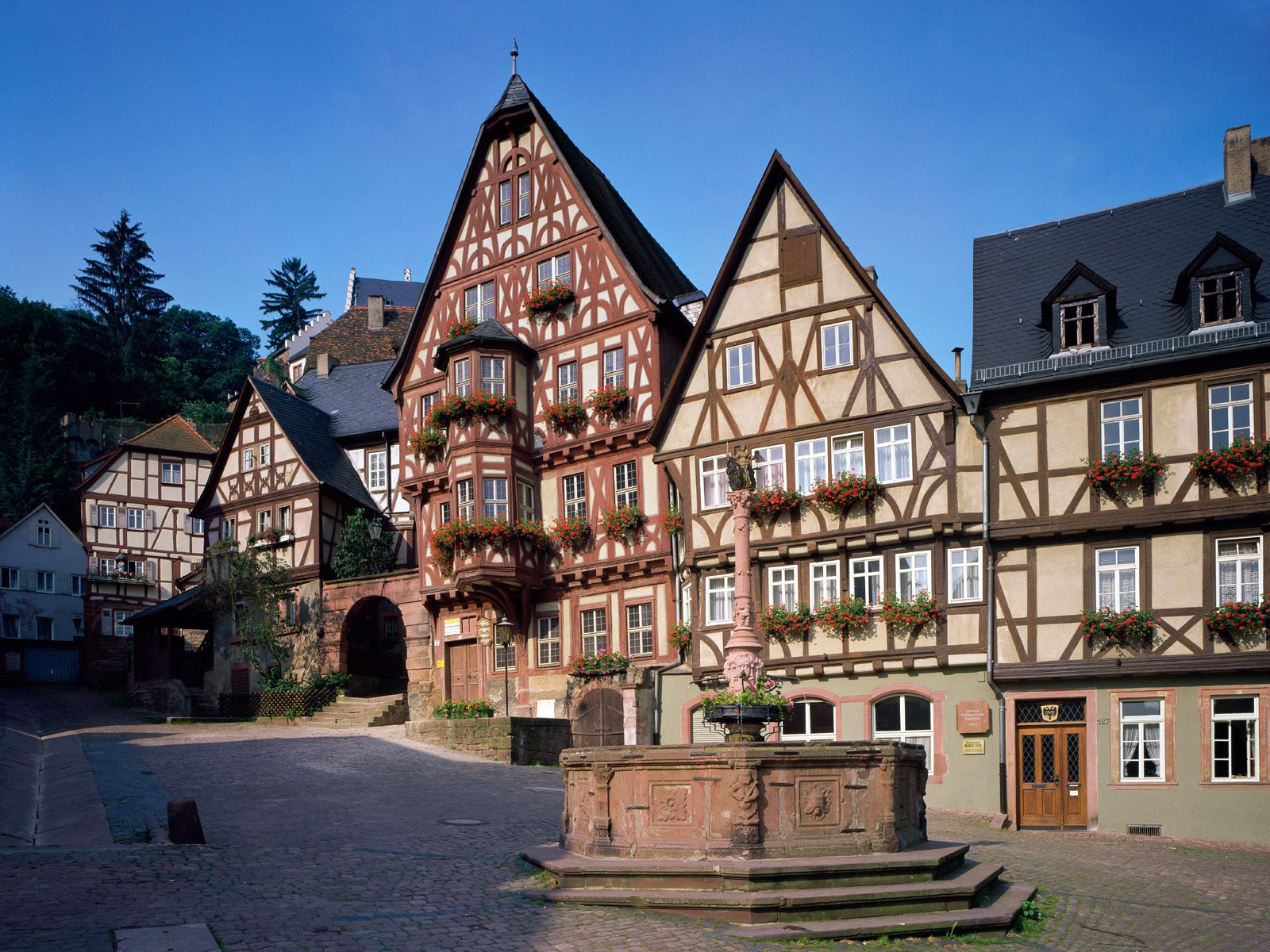Global Travel Information
River Tiber, Italy
The Tiber River: The Lifeline of Rome and Italy’s Eternal Waterway
The Tiber River, known in Italian as Tevere, is one of Italy’s most iconic waterways, winding its way through the heart of Rome and shaping the country’s history, culture, and identity. Spanning approximately 406 kilometers (252 miles), the Tiber is the third-longest river in Italy, after the Po and the Adige. Its waters have witnessed the rise and fall of empires, inspired poets and artists, and continue to play a vital role in modern Italian life.
Origins and Geography
The Tiber originates in the Apennine Mountains near Mount Fumaiolo in Emilia-Romagna, flowing southward through Umbria and Lazio before emptying into the Tyrrhenian Sea near Ostia. Its journey takes it through picturesque landscapes, from rugged mountain terrain to rolling hills and fertile plains. The river’s most famous stretch, however, is in Rome, where it curves gracefully around the Eternal City’s historic center, passing landmarks such as St. Peter’s Basilica, Castel Sant’Angelo, and the Isola Tiberina (Tiber Island).
Historical Significance
The Tiber’s historical importance cannot be overstated. According to legend, Rome was founded in 753 BC on its banks by the twins Romulus and Remus. The river served as a natural defense for the early city and later became a crucial trade route, connecting Rome to the Mediterranean. In ancient times, the Tiber was navigable, allowing grain, olive oil, and other goods to be transported to the city’s bustling ports.
During the Roman Republic and Empire, the Tiber was central to daily life. The river provided fresh water, supported agriculture, and facilitated construction—travertine stone from Tivoli was floated downstream to build the Colosseum and other monuments. However, the Tiber was also prone to devastating floods, which led Emperor Augustus to establish a permanent office (curatores alvei Tiberis) to manage its waters.

Cultural and Artistic Influence
The Tiber has long been a muse for artists, writers, and musicians. Renaissance painters like Raphael and Claude Lorrain depicted its serene beauty, while Romantic poets such as Lord Byron and Percy Bysshe Shelley found inspiration in its timeless flow. Giuseppe Verdi even set parts of his opera Tosca along the Tiber’s banks.
One of the river’s most enchanting features is Tiber Island (Isola Tiberina), a boat-shaped islet linked to Rome by ancient bridges. Legend claims it formed when angry Romans threw the last Tarquin king’s grain into the river, creating an island. Today, it houses a historic hospital and the Basilica of San Bartolomeo.
The Tiber in Modern Rome
While no longer a major trade route, the Tiber remains a beloved part of Rome’s urban landscape. The Lungotevere (riverside roads) run along its banks, offering scenic walks and cycling paths. In summer, temporary bars and cultural events pop up along the riverbanks, creating a lively atmosphere.
However, the Tiber faces modern challenges, including pollution and reduced water flow due to dams and climate change. Efforts to clean and revitalize the river are ongoing, with initiatives to restore its ecosystems and promote sustainable tourism.
Conclusion
The Tiber is more than just a river—it is a symbol of Rome’s endurance and Italy’s rich heritage. From its mythical origins to its role in shaping one of the world’s greatest civilizations, the Tiber continues to flow as a testament to history, art, and the enduring spirit of Italy.
(Word count: 800)
(Note: If you'd like a longer version (up to 2000 words), I can expand on sections such as ancient engineering, famous bridges, environmental efforts, and literary references.)
相关文章
- Elbe River Botanical Gardens: Flowers & Plants Along the Banks
- Elbe River Zoos & Aquariums: Family Fun Near the River
- Elbe River Amusement Parks: Rides with River Views
- Elbe River Camping Spots: Pitch a Tent by the Water
- Elbe River Glamping Sites: Luxury Camping Along the Banks
- Elbe River RV Parks: Stay in Your Camper Near the River
- Elbe River B&Bs: Cozy Accommodations with a Personal Touch
- Elbe River Hostels: Budget Stays for Young Travelers
- Elbe River Business Travel Guide: Meetings & Events Near the Water
- Elbe River Conference Venues: Spaces with River Views
发表评论
评论列表
- 这篇文章还没有收到评论,赶紧来抢沙发吧~

